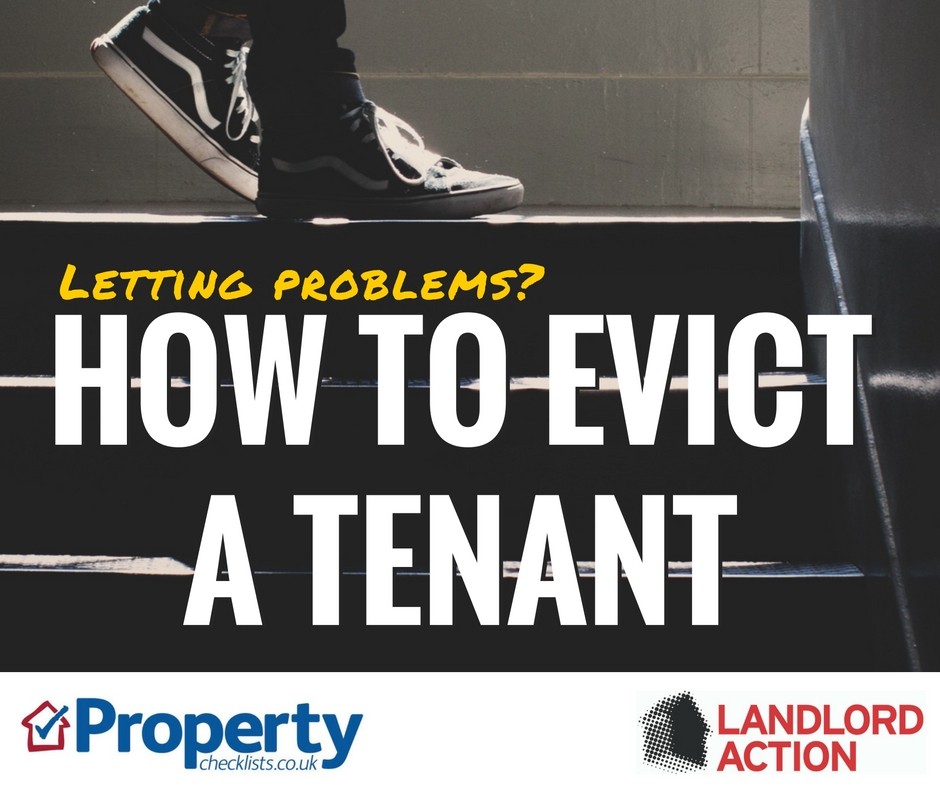This report is to help give everyone – industry and consumers – a quick five minute guide to what’s happening in the property market, according to the property indices, along with property expert Kate Faulkner’s comments.
To download Kate Faulkner's full report, click here
Rightmove
Third consecutive price record & homes selling faster than ever in spring market frenzy
“The price of property coming to market hits a new record high for the third consecutive month, up by 1.6% to £360,101. Despite growing economic headwinds, the 2022 market continues to set new milestones for price and activity levels. The pace of price rises this year appears to be tailing off slightly as affordability constraints and economic headwinds combine.”
Home.co.uk
Buyer frenzy accelerates
“Asking prices across England and Wales rose a further 0.9% overall in March.”
RICS
Housing market activity remains resilient in the face of macro headwinds for the time being
“The survey results point to a continued moderate rise in housing market activity over the month, with respondents anticipating this picture will remain in place over the near-term.”
Nationwide
House price growth slows in April but remains in double digits
“Annual UK house price growth slowed modestly to 12.1%in April, down from 14.3% in March.”
Halifax
UK house prices increase sharply again – but growth still expected to slow later this year
“The average UK house price rose again in April, up by 1.1% in the month. This was the 10th consecutive month that property values have increased, the longest run of continuous gains since the end of 2016.”
Zoopla
House price growth near 15-year high
“Average UK house prices climbed by £441 in March, rising to nearly £249,700. This took the annual rate of house price growth to +8.3%, down slightly from a peak of +8.8% in February and +8.6% in January.”
Property prices on a national level continue to increase but are definitely slowing – even though they are doing this at a slow pace. Taking property prices back to 2005, despite the recent double digit rises, price growth remains between 3-4% annually, in other words, in line, or slightly above inflation.
The gap between actual prices (UK HPI) and advertised prices (Rightmove) was at it’s highest during the property price lows of 2009 – 28% difference, but advertised prices are around 20% higher on average than actuals recorded by the Land Registry. This shows average property prices shouldn’t be relied on from a marketing perspective as they artificially inflate the price people are likely to have to pay.
The Land Registry data gives us a monthly update on what’s happening in each country, while Nationwide information is quarterly.
Wales continues to lead the way with prices rising by over 14% year on year, although it has one of the lowest long-term rises back to 2005 – 3%. Scotland is now the strongest performing country with price rises year on year of 11.7% and over time of 3.9%, nearly 1% above inflation. England is just behind with a 10.7% increase year on year, and an annual rise of 3.7% since 2005.
Source: UK HPI
Download the full version of Kate Faulkner's price report here
Regionally, across the indices, no surprises but London tops the average house prices. The difference recorded though is vast, with Rightmove giving an average price of £677,110 and the lowest being given by Nationwide: £518,333, a difference of 23%.
According to the various indices, the highest growing region is mainly the South West, with prices rising from 9.6% YoY according to Home.co.uk through to 14.8% according to Halifax.
Home.co.uk: South West: 9.6%
Land Registry: South West and East: 12.5%
Rightmove: South West: 13.5%
Nationwide: South West: 14.4%
Halifax: South West: 14.8%
Although still rising, the slowest regional growth was experienced in London, although price rises reported varied from 2.4% by Home.co.uk through to 8.1% recorded by the Land Registry.
Land Registry: London 8.1%
Rightmove: London 6.6%
Home.co.uk: London 2.4%
Halifax: London 6.2%
Nationwide: London 7.4%
For city/town tracking, we use Land Registry (government data) and Zoopla/Hometrack. The Land Registry data is useful because we can analyse how property prices have changed over time and this helps us to put today’s price information into context.
The Zoopla/Hometrack data is useful as they take into account the change in mix of property transactions during the pandemic to houses away from flats. This has meant the likes of the Land Registry and other indices have over exaggerated price increases year on year.
According to this month’s reports, Land Registry are reporting that Milton Keynes and Peterborough have the highest annual growth year on year – both rising in excess of 13%. Hometrack’s price rises are still highest in Liverpool – over 10%, followed by Nottingham at 9.8%.
Those cities not doing so well include Aberdeen up just 0.6% with Reading up just over 3%, according to the Land Registry, while Hometrack records a fall year on year in Aberdeen of 1%, with London rising at just over 3%.
The hardest thing to find currently is any kind of link between high performing areas and low ones. There is some consistency between the Land Registry and Hometrack which reports that Reading, Aberdeen and London aren’t doing so well and the likes of Nottingham doing well, but normally you would see a geographical explanation or high priced areas not doing so well versus lower priced areas, but even that is tough to find currently.
We truly have a slightly mad market just now with vast differences in price performance between the cities, less so in the regions. However, we are also seeing both Aberdeen and Belfast property prices much lower than they were as far back as 2007/8 – with Belfast still 30% down on average and Aberdeen, typically a strong property market even during economic stresses and strains, seeing average property prices down by 16%.
In contrast London is up by 77.5%, rising on average at 5% YoY since 2005, followed by Bristol, up just over 70%, with the next closest being Tunbridge Wells, rising at 60% over the last 14 years.
Overall, of our 28 cities, 14 beat inflation growth of 43% since 2007/8, the rest, although rising year on year, over time are struggling to see property price keep up with inflation, even with the great growth we’ve seen over the last few years.
This year I’m on a bit of a mission to stop everyone talking about average house prices and especially relating them to affordability. In my view, this is a dangerous use of stats, especially using the likes of Rightmove’s averages which are 20% higher than lenders’ and the Land Registry figures.
To show how dangerous it is to quote national, regional and local average property prices, we thought it would be useful to show what the best value two bed flat is available for (via Rightmove) which has stated the lease length of the property as over 99 years (where applicable) but excluded those properties being sold by auction, via Shared Ownership or being sold with tenants insitu.
We have taken the ‘lowest’ advertised priced properties for each town or city, but excluded those properties being sold by auction, via Shared Ownership, or sold with tenants insitu, and with a remaining lease of less than 99 years (where applicable).
As you can see from the figures below, despite many areas having an average of over £200,000; £300,000 or even £400,000 in London, Oxford, Cambridge and Tunbridge Wells, there are still two bed flats available for anything from 41% to 76% lower than the ‘average price’ usually quoted by the media – no wonder people don’t think they can afford to buy!
In the cities/towns we cover, there are:
And anyone, in any city can find a two bed flat available for less than £250,000 even in the likes of London. In fact, as a surprise, Oxford is the toughest place to find a property available and has the highest price for a two bed flat of £210,000.
*We have taken the ‘lowest’ advertised priced properties for each town or city, but excluded those properties being sold by auction, via Shared Ownership, being sold with tenants insitu, and with a remaining lease of less than 99 years where applicable.
Sources: Rightmove and Hometrack
If you look very carefully at the chart from the RICS, you can see a slight uptick in stock available in branches which is a welcome change from the falling stock levels we’ve seen since post lockdown.
And this rise in stock, albeit just by one to two properties a month per branch, according to Rightmove, suggests the trends are heading in the right direction and this will help to contribute to lower price growth in the future. The NAEA agents’ figures also agree stock levels, in many areas, are on the rise.
Source: RICS
Regional stock levels per branch
Regionally, only London is in a situation where their stock levels are similar to the long run average, hence one of the reasons London price growth has been unusually low. One of the biggest gaps between the long-term average and current stock levels is in Wales and it’s likely that’s why Wales is seeing the highest price growth versus Scotland and Wales.
Source: RICS
The National Association of Estate Agents are reporting “Sales agreed are up from eight per branch in February to ten in March - slightly above the long-term average for March of nine (2012–2019).”
“The proportion of monthly sales to first time buyers stayed strong at 30 per cent of overall sales in March. This is slightly down on February’s figure of 37 per cent but still above average for the post-2020 lockdown period (25 per cent).”
Download the full version of Kate's price report for transactions
It’s likely that the property market will continue to do well for the next few months, but by the summer, I expect property price growth to slow down more towards the levels forecasted of 2-6% growth in different regions. After such a huge growth in sales and prices throughout 2021, there has to be a point this year when supply/demand start to match more closely.
|
Buying at auction - |
New build homes snagging - |
How to evict a tenant - |
 |
 |
 |